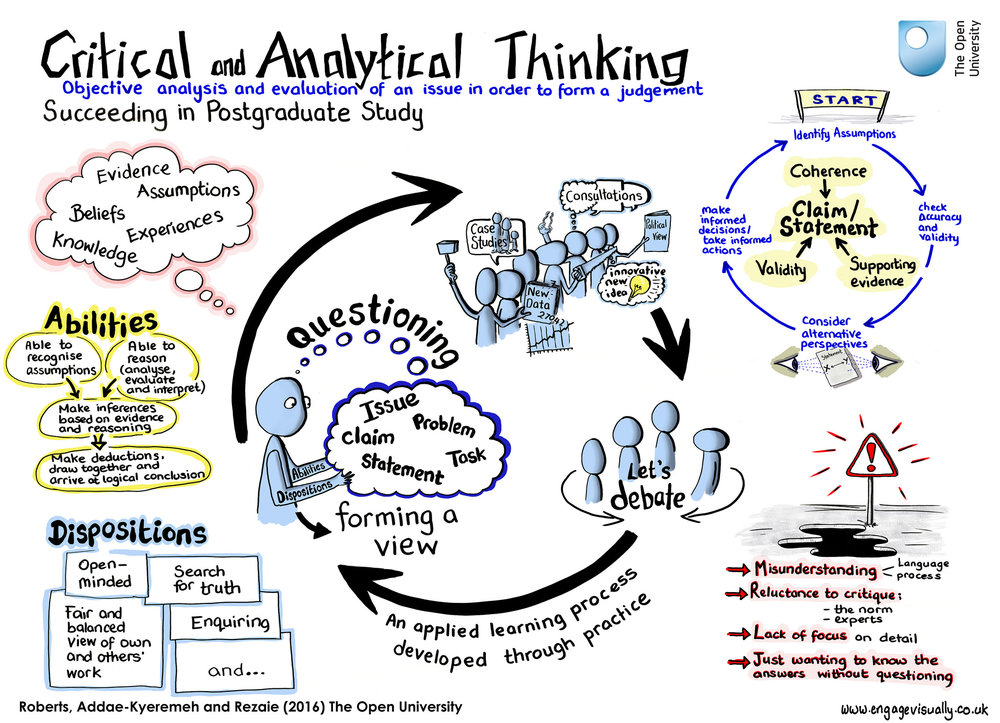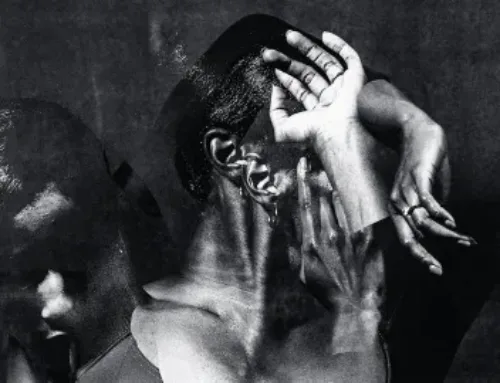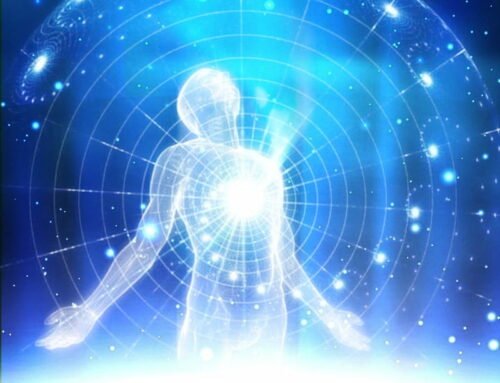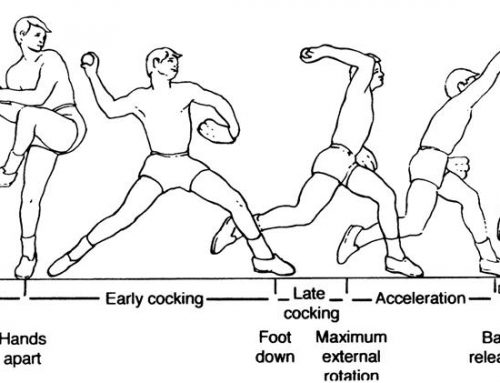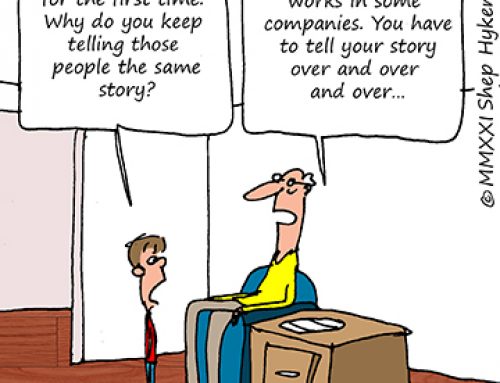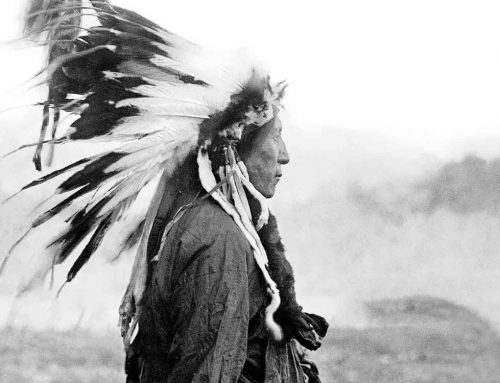Twenty twenty may have left us with wounds that are hard to shrug off, experiencing emotions such as grief, sadness, anger and frustration. However I have to ask you, when have you learnt more in life, would that be in suffering or in happiness? My experience is that great opportunities and self development can come from pain. Pain can be an awakening to the mind, body and soul. Pressure can create great transformation if we are ready. The Buddha tells us that pain is designed to help us grow and evolve. There is a difference between being smart and being bold. Smart people fail because they think of all the things that could go wrong in life. Whereas bold people dismiss the negatives and take a chance and think of the possibilities of success. Chase what you want in life, but don’t take what you can get. In other words train your brain, the way you train your body. Boldness is a skill like anything else.
We are now tougher and more resilient, if we have taken adult responsibility. We have so many opportunities online and globally. We have a new wealth of recorded resources but less opportunity to reflect together in person. Small tribes of like minded people are starting to gather and connect world-wide and create critical thinking (looking outside the box and going back to the basics of love, connection and support). Remember we are all a collection of our schooling, religions and belief systems of those parents and people that have gathered around us. (Remember schooling and religion came from the plantation farmers to stop creativity and revolt- in other words we should only know what to think, rather than how to think). This is carried through to life this day by governments and big production corporations. We can change this by choosing with who we spend our money with. What ever you want in life, you have to make 10 attempts and be prepared to fail 90% of the time.
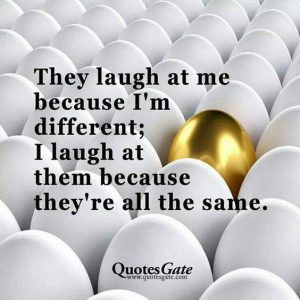
Reflecting or tarka, is a yogic practice. Tarka means to reflect, to think, to doubt, to inquire, to reason. Many textual sources from the premodern Indian tradition list six limbs of yoga, such as the Maitrī Upaniṣad. Skipping two of the eight limbs of yoga that concern ethics, yama and niyama, and āsana or posture, familiar to many students of yoga from Patañjali’s Yogasūtra, six-limbed paths of yoga often include tarka.
Let’s evaluate the preconceptions that we bring with us, try on different points of view, assessing right view and wrong view—whether there can be no-view or the bit in the middle, things are never black or white. Critical self-reflexivity enables us to avoid us remaining powerless. Remember the accromion: F.E.A.R (false, evidence, appearing, real).
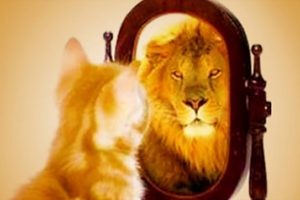
When we shift our viewpoint we expose hidden prejudices. We see things differently and start to stop identifying with certain ways of seeing as intrinsically tied to our identity (confirmation biased). We enable the possibility of spiralling towards more nuanced understandings. Reflecting on different preconceptions and ideologies, for that’s what opinions are. They doesn’t entail a collapse into relativity, where every articulation of every view is equally valid. But it insists on the value of diversity and allows philosophy of life to become therapy.
If we want things to get better in life we must get better in life. Relying on hope is a fools game. If we wait for hope we are putting complete responsibility of our well being, happiness and physical health into someones else hands. Again I recite Ken Willburs quote: “Wake up, Grow up, show up”. According to Carl Jung plus many other psychiatrists, most of us are stuck mentally at age 12 in an adult body. If we haven’t yet managed to “assimilate” the growth or maturation that typically characterizes our current level of functioning, then questions we had about ourselves during an earlier stage of development will resurface, leading us to feel insecurity that may no longer accurately portray our actual resources. It’s probably universal that former negative beliefs we had about our limitations (limitations probably congruent with where we were developmentally), can yet hinder us from seeing ourselves as the more or less competent, resourceful adults we’ve become. And although we may well have become more self-confident, as long as that insecure “child fragment” still residing within us hasn’t been made privy to all the changes we’ve accomplished since that fragment was us, then stressful situations will continue to make us vulnerable to the same insecure feelings that “afflicted” us in growing up.
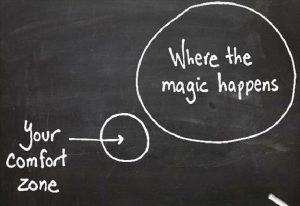
If we don’t wake up to this child archetype at some point it will sync in. What we are doing relying on other people to make me feel a certain way. A new year should bring a new attitude, new distinctions, new habits, emotional responses, attitudes and effort levels. Everyone wants to get better in life but few of us are willing to change or put the effort in. During certain areas of lockdown I have also felt self pity, sorrow and grief. Lockdown is lockdown and I cannot sit waiting for things to change before I change. How we feel is our responsibility. All the time we blame external sources, our behaviours are a result of our life, the way it looks and the way it feels. I cannot remain powerless but must remain powerful. What happens when we keep getting knocked down, well we keep getting back up. At some point we need to learn from our experiences in life. Repeating the same low level emotions and feelings will keep is the same level mindset. The more we blame the more we stay the same. Letting others control us is a bad thing.
Things we can do to move ourselves forwards are:
- Listening to podcasts that open our minds to different points of view.
- Changing ourself from the inside out so looking at the load on the organs including sleep, breath work, nutrition, hydration, stress, movement to name but a few.
- More meditation (10 minutes a day) or quiet times a this helps us be less reactive, our limbic/emotional brain.
- Everything in life is Maya, start looking past the grand illusion. The idea that the external world is an illusion was created by nineteenth century European thinkers as proof of India’s inability to cope with the practical world, but as we move into the high tech era, its media images and virtual realities the twenty-first century, our world is becoming more and more like Maya every day. There is a deep meaning to Maya that must be understood for any true cosmic or self knowledge to develop, including spirituality and science.
- Look at your habits, what you do eat each day, your habits transform you into the person you are
- We attract our vibrational match, as your mother said be-careful what you wish for.
- Don’t be attached to outcome or certainty.
Getting fit for service
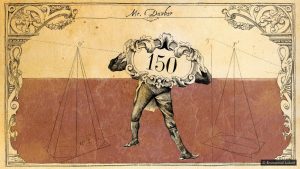
When things are going right, it’s easy to stick to our diets, exercise and healthy lifestyle. When we are under pressure and our emotions take over this is when the true test is in life is. Getting fit for service is about getting fit to handle life macro and micro. In order to be of service you firstly have to be made fit for service. When the body is sick and tired it is in dis-ease. Health and dis-ease cannot live in the same body. We need to bring the current health education up to speed. We are still in terrain rather than germ theory. Do you have the energy, vitality and accountability to achieve your goals, to take adult responsibility????
How do we deal with a world when there is fear alll around us. We need to be more attracted to life than attracted to death. Can we get beyond the fear of death? Anthropologist Robin Dunbar said humans can sustain 150 connections at once. Dunbar became convinced that there was a ratio between brain sizes and group sizes through his studies of non-human primates. This ratio was mapped out using neuroimaging and observation of time spent on grooming, an important social behaviour of primates.
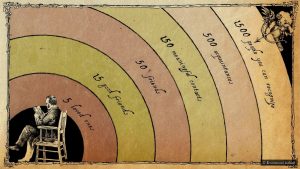
Dunbar concluded that the size, relative to the body, of the neocortex – the part of the brain associated with cognition and language – is linked to the size of a cohesive social group. This ratio limits how much complexity a social system can handle.According to the theory, the tightest circle has just five people – loved ones. That’s followed by successive layers of 15 (good friends), 50 (friends), 150 (meaningful contacts), 500 (acquaintances) and 1500 (people you can recognise). People migrate in and out of these layers, but the idea is that space has to be carved out for any new entrants.“What determines these layers in real life, in the face-to-face world… is the frequency at which you see people,” says Dunbar. “You’re having to make a decision every day about how you invest what time you have available for social interaction, and that’s limited.”
Certain organisations have taken these ideas to heart. The Swedish Tax Authority, for instance, has restructured their offices to stay within the 150-person threshold. When we initially joined any sort of tribe, their was a ritual of passage, transformation , initial this was also true to join a gang or sport team.
Conclusion
The first step taking responsibility as an adult is awareness to the self. We must change ourselves to change others. We need to show up by stepping forwards, rather than waiting for someone else to tell what and how we should do things. Most of us are so drugged on pharmaceuticals, pacified with poor quality lifeless food, entranced with mainstream media that we remain totally passive in our mind, body and soul. Desmond Morris who wrote Human Zoo studied the changes in animals when they were taken out of their habitat and put into confinement and captivity. Interestingly he found a correlation between humans living in deep inner city and animals taken out of their habitat. They exhibited the same physiological and psychological problems.
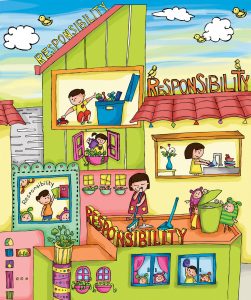
You are a powerful being whose focus is shaping your world and the world around you. You can CHOOSE where you put it and by doing that you feel so much better. ⠀Observe what is happening and trust that you will be safe. This will keep your immune system strong plus will allow you to relax a little…. maybe even a lot. Where focus goes energy goes and sometimes the best thing to do is observe. ⠀
Bibliography
Aubrey Marcus podcast
Paul Mort podcast
Paul Chek podcast

